1. Housing Prices Are Still Sky-High

Despite hopes for a correction, housing prices in Texas remain steep in 2025. Major cities like Austin and Dallas have seen only marginal declines. Many residents are priced out of the market, leading to increased frustration and financial strain.
2. Property Taxes Are Out of Control
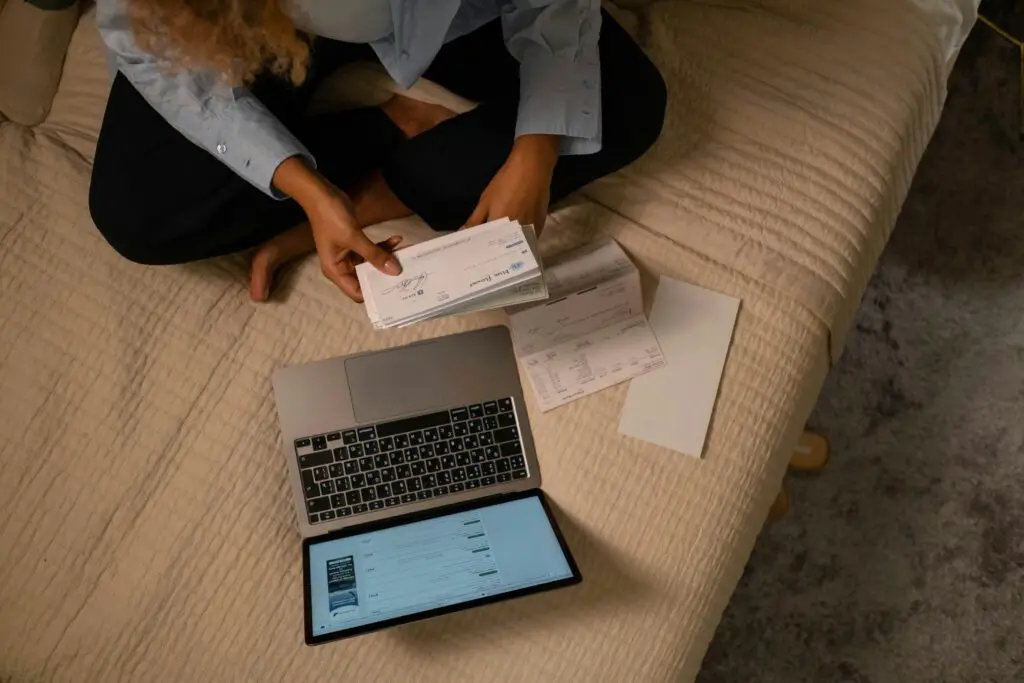
With soaring property values come inflated property taxes. Many Texans are struggling to keep up with rising assessments. This burden disproportionately impacts middle-class homeowners and retirees on fixed incomes.
3. Overbuilding in Suburbs
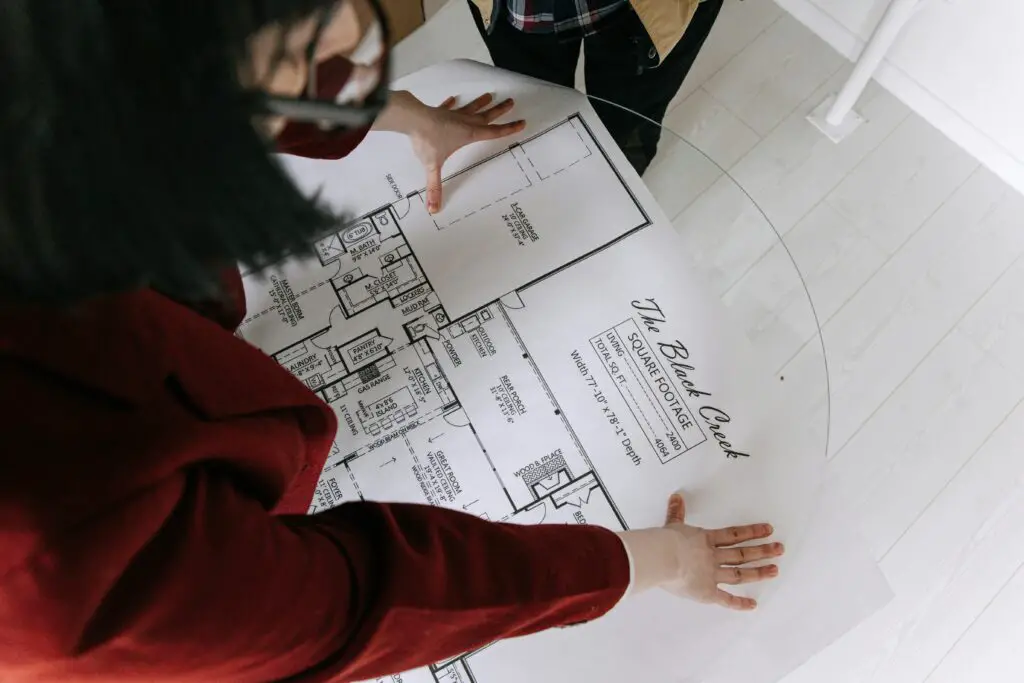
Texas suburbs are saturated with new developments, but many lack buyers. Overbuilding has led to ghost neighborhoods filled with empty homes. This excess inventory could destabilize the market further in coming years.
4. Renters Are Feeling the Pinch

The rental market remains unaffordable for many Texans, especially in urban centers. High demand and limited supply have driven up rents, leaving little relief for working families. Renters often face fierce competition and substandard living conditions.
5. Affordable Housing Is a Myth

Despite promises from developers and policymakers, affordable housing initiatives have fallen short. Projects intended to help low-income residents rarely materialize, leaving vulnerable populations without options.
6. Investors Are Driving the Market

Corporate investors continue to dominate the Texas housing market, snapping up properties for rentals or short-term leases. This has squeezed out individual buyers and led to artificially inflated prices.
7. Rural Areas Are Becoming Too Expensive
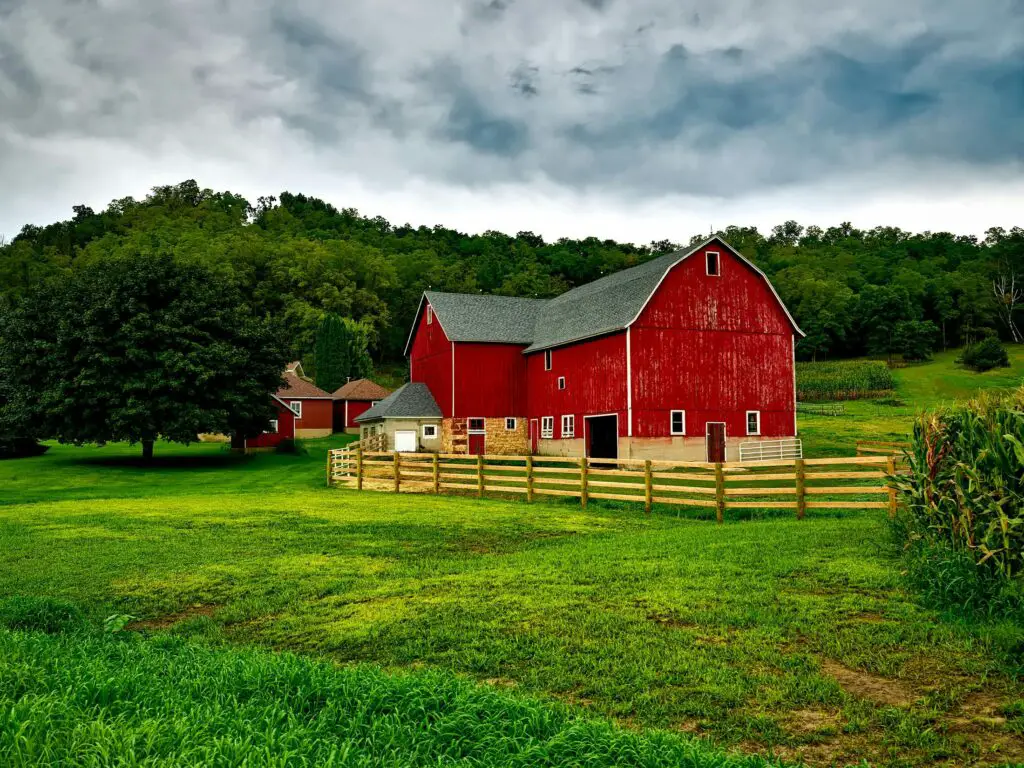
Even rural Texas, once a haven for affordable living, has seen price hikes. Remote areas are now being targeted by investors and developers, driving up costs and reducing accessibility.
8. Insurance Rates Are Skyrocketing

Rising costs for home insurance are another blow to Texas homeowners. Weather-related risks like hail and hurricanes have made coverage more expensive and harder to secure. This adds yet another financial burden to owning a home.
9. Water Shortages Are Impacting Development
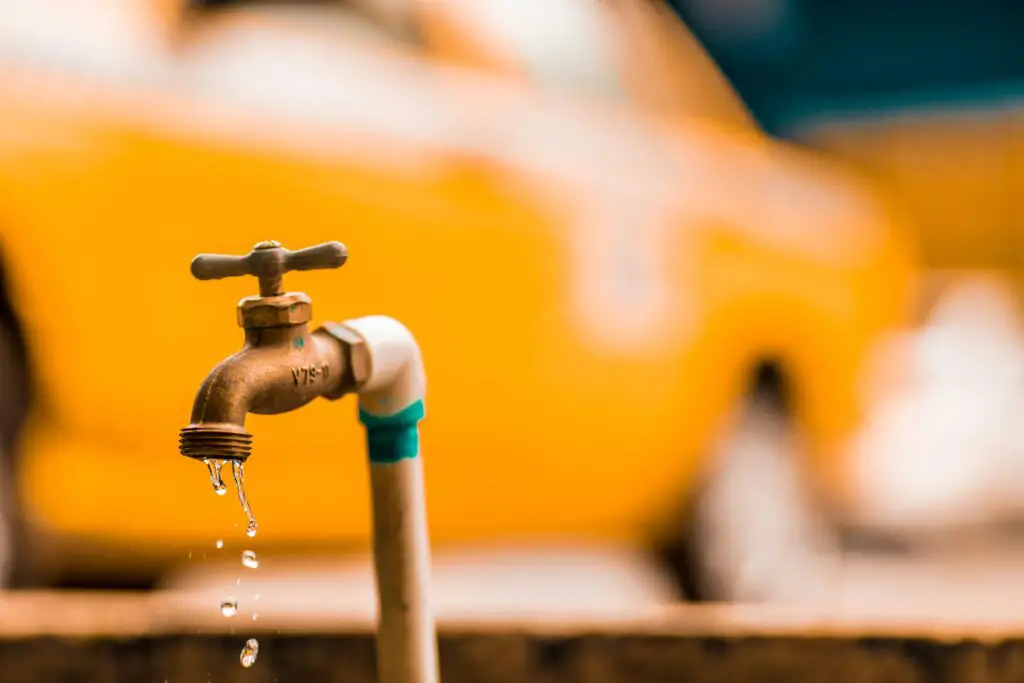
As Texas faces ongoing water scarcity, some communities are imposing restrictions on new developments. Limited water resources are making it harder for developers to build, slowing growth in certain regions.
10. Infrastructure Can’t Keep Up
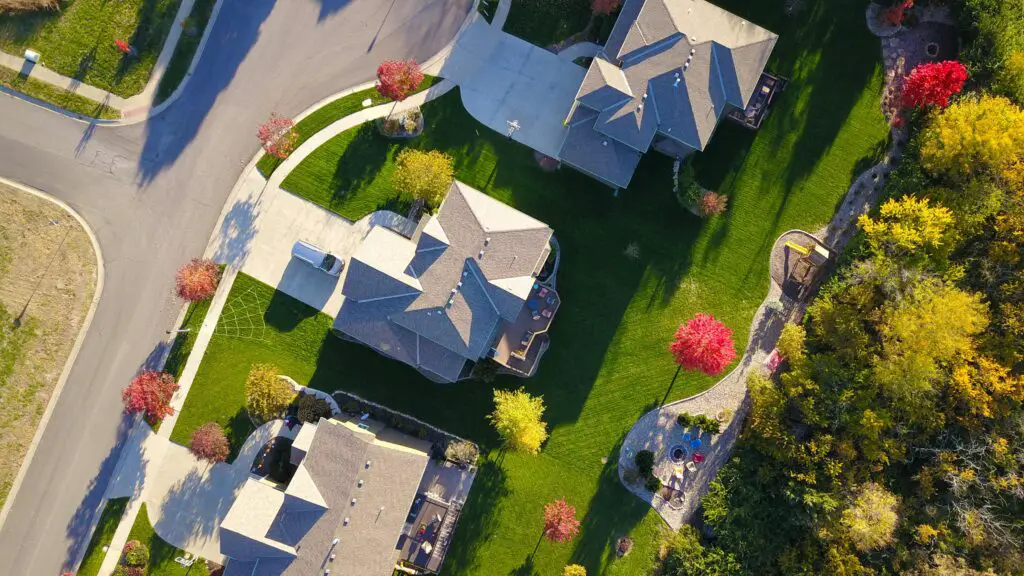
Rapid population growth and unchecked development have overwhelmed Texas infrastructure. Roads, schools, and utilities in many areas are struggling to support new residents. This lack of foresight is leading to widespread dissatisfaction.
11. Energy Bills Are Through the Roof
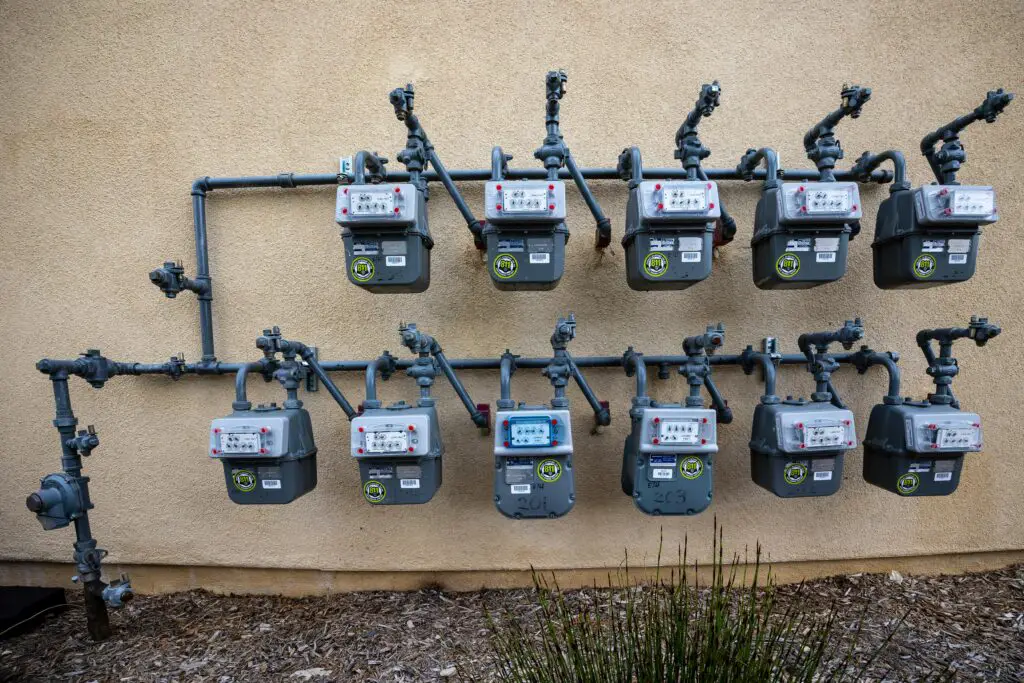
The state’s deregulated energy market has left homeowners vulnerable to price spikes. Rising energy bills are making it even harder for Texans to afford their homes. This is particularly challenging during extreme weather events.
12. Climate Risks Are Real
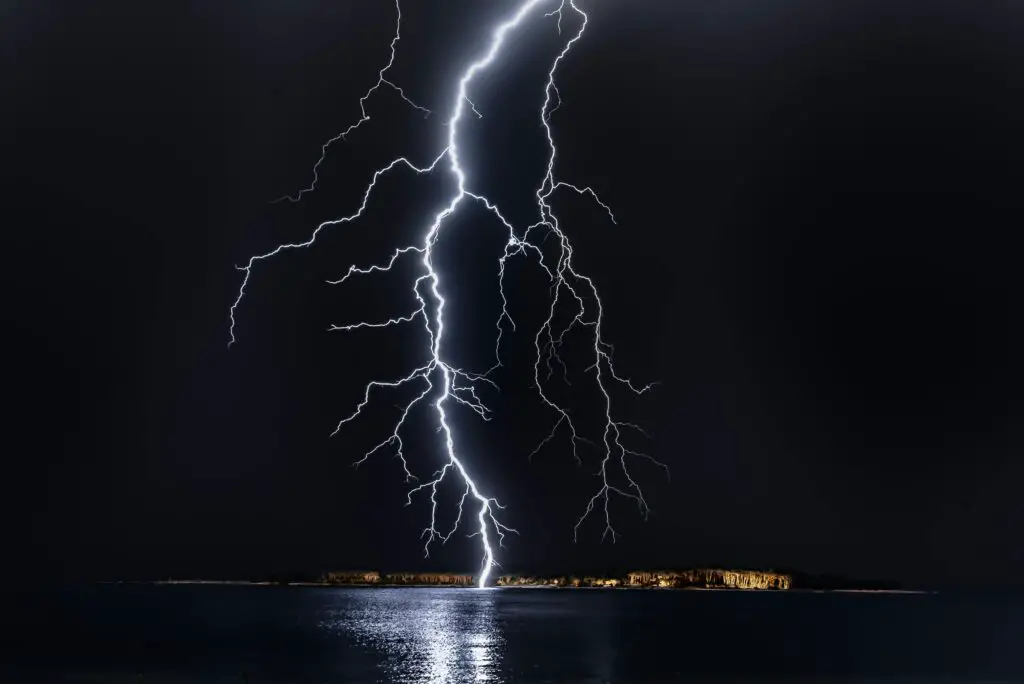
Flooding, hurricanes, and extreme heat are increasing concerns for Texas homeowners. Properties in high-risk areas are losing value as buyers become more cautious. Insurance companies are also pulling back, leaving some homes uninsurable.
13. Gentrification Is Displacing Longtime Residents
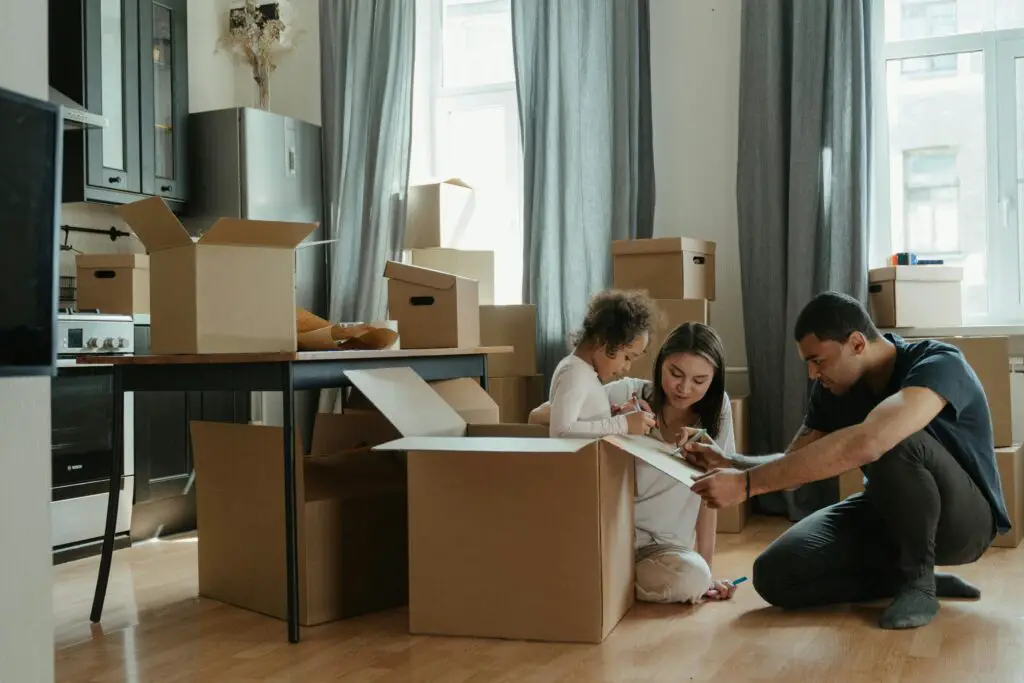
Neighborhoods in cities like Houston and San Antonio are seeing rapid gentrification. Longtime residents are being forced out by rising prices and redevelopment projects. This shift is erasing cultural identity and community ties.
14. The Dream of Homeownership Feels Out of Reach
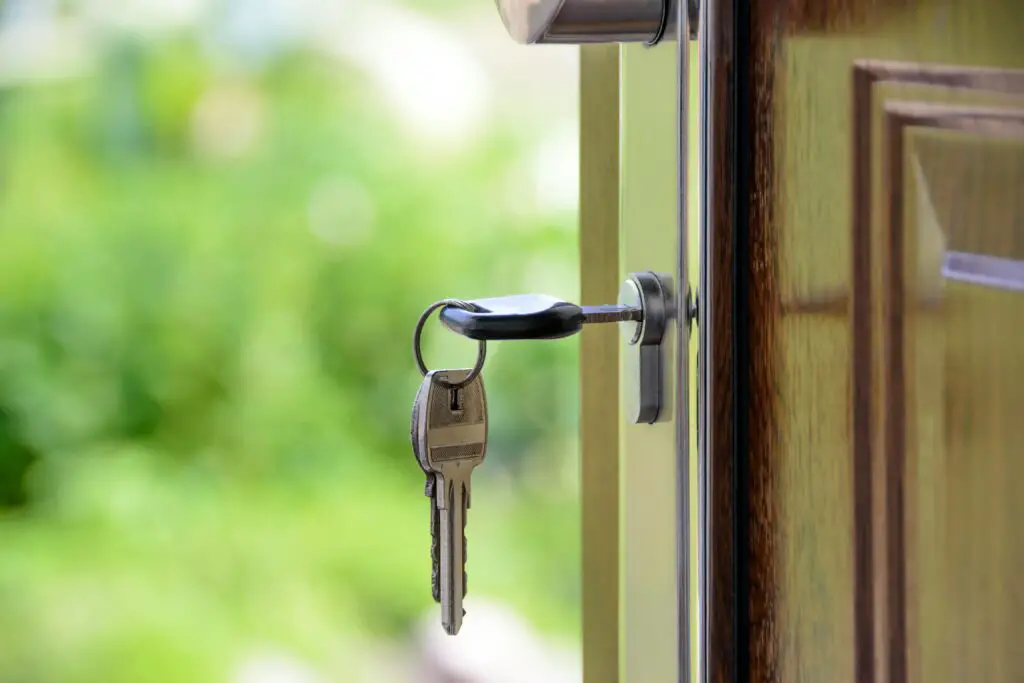
For many Texans, the idea of owning a home in 2025 feels impossible. High costs, competition, and economic uncertainty have dampened enthusiasm for the housing market. This grim reality underscores the challenges of achieving the American Dream in the Lone Star State.
